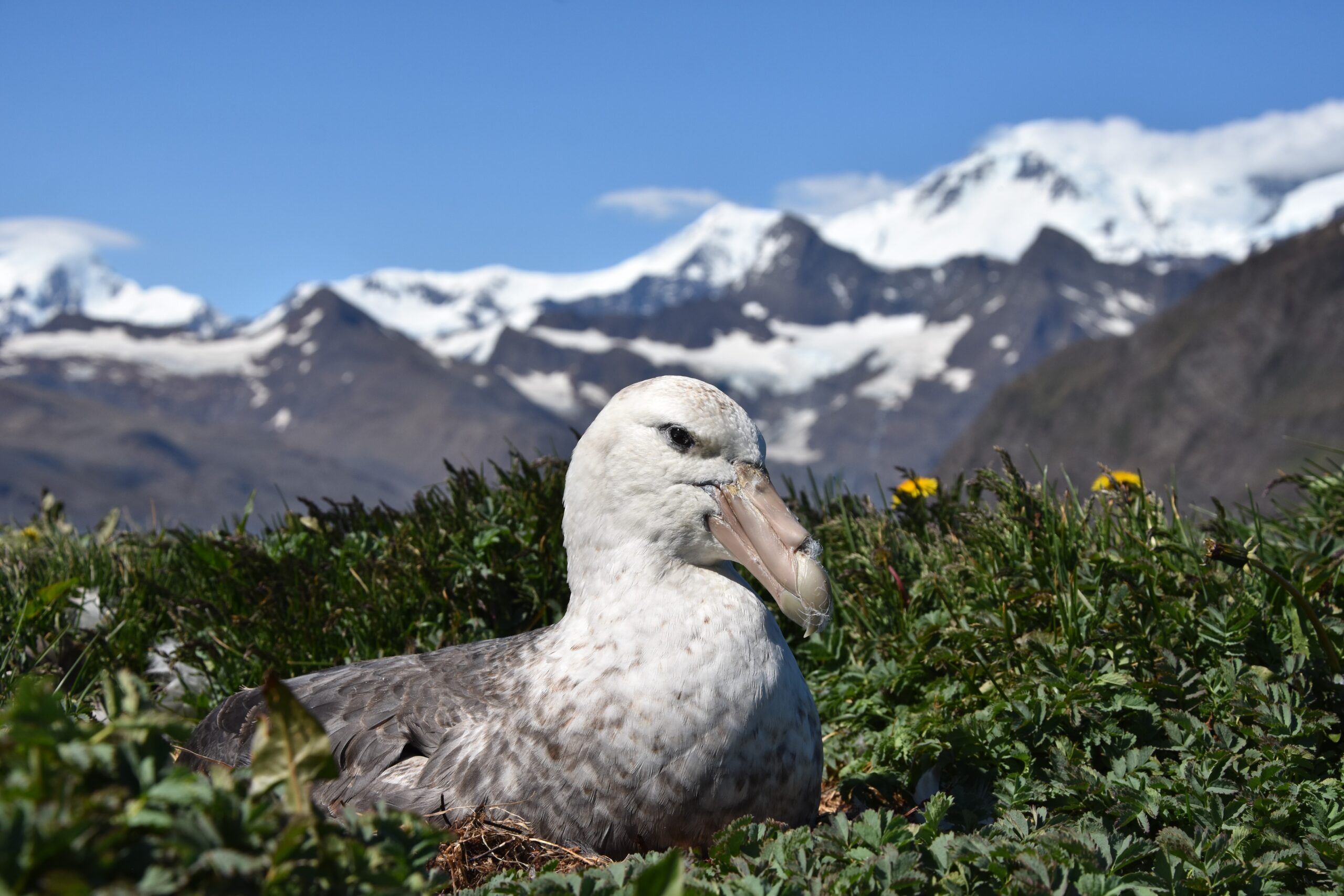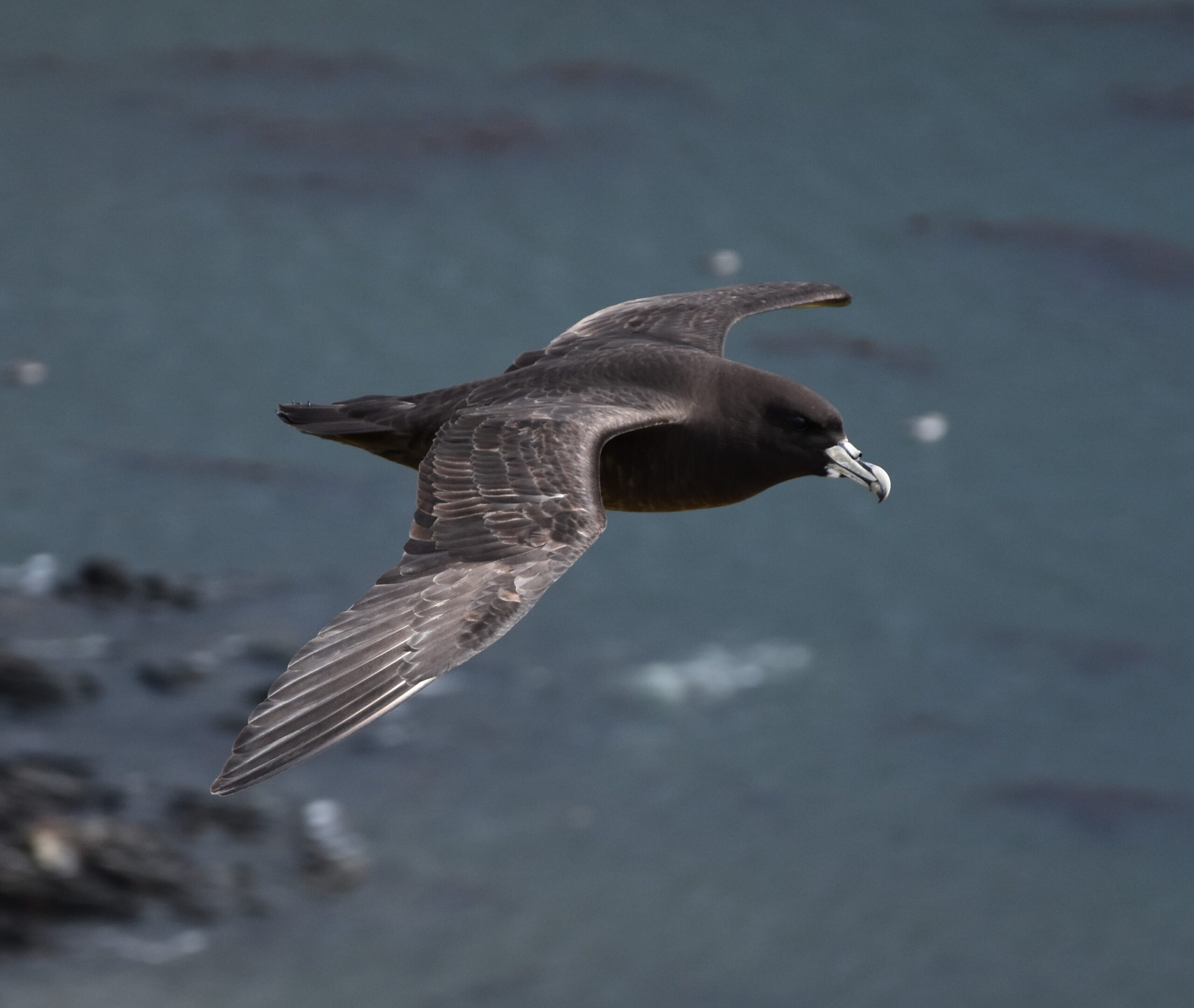Antarctica's rapidly receding sea ice could have a negative impact on the food supply of seabirds that breed hundreds of miles away from the continent.
New research led by the British Antarctic Survey (BAS) and Durham University, UK, has used satellite technology to track the movement of seabirds. Most of the world's albatrosses, and their close relatives, petrels, breed on islands in the Southern Ocean, which surrounds Antarctica. They found that the birds fly huge distances to parts of the ocean affected by sea ice - called the Antarctic seasonal sea ice zone. It is thought they travel to either feed in the nutrient enriched waters left behind when Antarctica's sea ice melts each summer or, in the case of southern giant petrels, to scavenge on seals found on the ice itself.

Until recently, Antarctica had not suffered the big losses in sea ice seen in the Arctic, but over the past five years Antarctic sea ice has begun to recede at a quicker rate. The findings suggest that Antarctica's shrinking sea ice could force seabirds to travel further from their breeding grounds to find food or it could alter the patterns of where that food can be found. In turn, this could affect the ecosystems these birds are a part of.
The researchers analysed data showing the movements of seven species of albatross and large petrel from the sub-Antarctic island of South Georgia, which is about 1,000 miles from Antarctica. These species were the northern giant petrel, southern giant petrel, white-chinned petrel, light-mantled albatross, black-browed albatross, grey-headed albatross and the wandering albatross. In total they looked at 2,497 foraging trips made by 1,289 of the seabirds from satellite data collected between 1992 and 2023. They found that all seven species used sea ice-affected parts of the ocean, but in different ways.

Study co-author Professor Richard Phillips, leader of the Higher Predators and Conservation Group at the British Antarctic Survey, said:
"Given that all seven species of albatross and petrel we looked at travelled to the Antarctic seasonal sea ice zone, it is likely that they, and many other sub-Antarctic breeding seabirds, are linked to sea ice dynamics. Declines in Antarctic sea ice predicted under climate change could exacerbate the already unsustainable human impacts being experienced by these populations."
Antarctic sea ice was relatively stable during the period when the satellite data was recorded, but in recent summers seasonal sea ice has retreated earlier and reached record lows.
Lead author Dr. Ewan Wakefield, in the Department of Geography, Durham University, said:
"Every winter the sea freezes around Antarctica, with sea ice covering tens of millions of square miles. We found that albatrosses and large petrels travel hundreds of miles, some far into the area covered by this sea ice and we think that they do this to feed.
"In that case, Antarctica's receding sea ice, driven by climate change, could affect not just the penguins, familiar to many people, that breed on the continent, but also huge numbers of seabirds breeding hundreds or thousands of miles away."
The researchers said there were some limitations to their study. While their analysis showed that the birds used sea ice affected habitats, they do not exactly know what the birds are eating. They hope this will be shown by follow-up tracking and dietary studies to give a better idea of how changing sea ice might affect different species. The resolution of the sea ice and tracking data was not sufficient to tell how birds interacted with sea ice at fine scale and the researchers hope fine scale tracking could resolve this. For several of the species, the beginning and end of the breeding period was not covered by tracking, so the researchers do not know how they might use sea ice habitats during that time.
The research partners include BirdLife International, the University of Barcelona, the University of Helsinki, Stony Brook University and the University of Coimbra. The study was funded by the Leverhulme Trust, the European Research Council H2020, the Natural Environment Research Council (NERC), Darwin Plus, the National Science Foundation (NSF) and the Government of South Georgia and the South Sandwich Islands (GSGSSI).
The study is published in the journal Progress in Oceanography. It also benefited from the strategic programme of the Marine and Environmental Sciences Centre (MARE), financed by the Foundation for Science and Technology (FCT) and represents a contribution to the Ecosystems component of the BAS Polar Science for Planet Earth Programme, funded by NERC.






